Drawing from Photos
A quick scroll through social media sites such as Instagram reveals an inundation of hyper-realistic drawings intended to look as realistic as a black and white photograph. To achieve these hyper-realistic drawings, it is usual for photographs to be painstakingly copied in every minute detail. Of course I must give credit to the patience, attention to detail and the skills required in producing such a thorough realistic piece as they do require a great deal of skill to produce. However, I feel some trepidation when viewing these pieces when it appears to be the artists’ main form of drawing. This is because when I view these drawings, I cannot help but wonder where is the representation of the artist? What were their feelings, thoughts, and beliefs? How does this drawing represent their personal artistic style? And what feeling or thoughts is it supposed to elicit in me, the viewer?
Learning Materials
£2.99
Every month
✓ Full access to all of our learning content.
✓ New learning materials added every month.
Guide on drawing proportion
As is common knowledge, portraiture is the representation of a human being’s features, such as the face, head and shoulders or the whole body. However it is necessary when representing the features of the human figure to understand how perception plays an important theme in interpretation of figurative drawing.
Although drawing from life remains the main way of exploring techniques such as proportion and perspective, arguably, in order to master them, it may be necessary to put aside our worry about producing aesthetically pleasing images of immediate and impetuous drawing, rather focus on the academic reproduction of reality before you can achieve a freer and more personal style.
Learning Materials
£2.99
Every month
✓ Full access to all of our learning content.
✓ New learning materials added every month.





